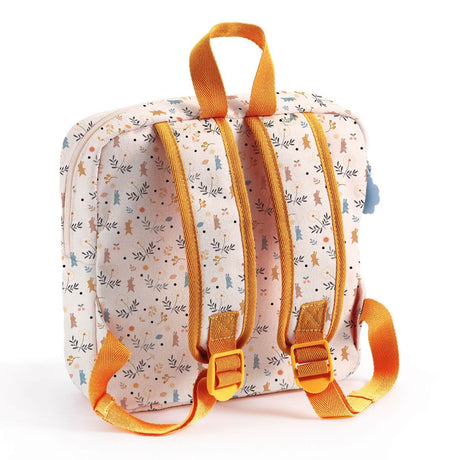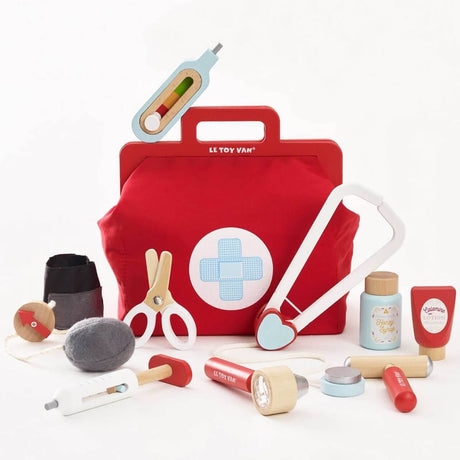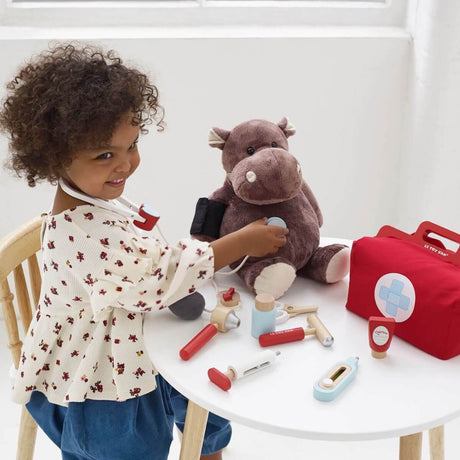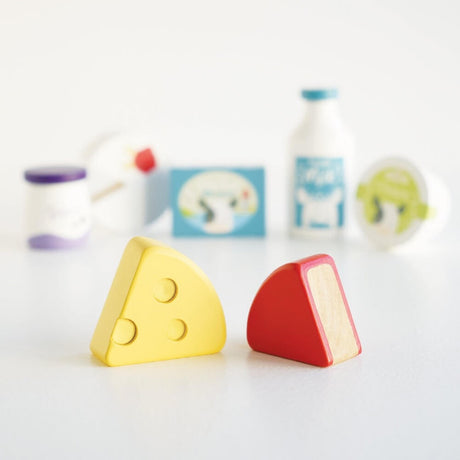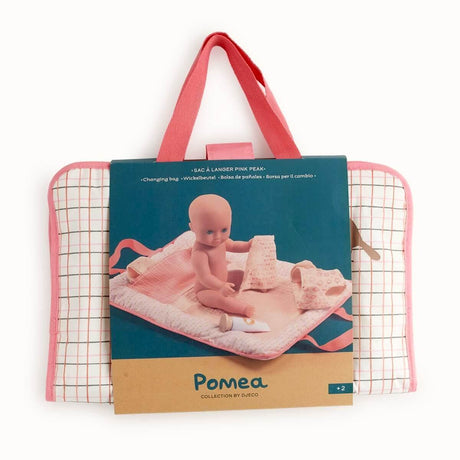As children approach school age, they begin to participate in cooperative games. It is the last of the six stages of the social game, and the most sophisticated. This is the type of play you get when children play together, dividing up roles and agreeing on the rules of the game, however arbitrary they may be.
You will find cooperative play in the "house/kitchen" area, where all kinds of symbolic games take place, but it is also a feature of playground games such as the famous game of "tag".
The six stages of social play development
Mildred Parten identified six stages of social play, from idle play to cooperation. These stages mark the progression of children, who move from solitary play to collective play.
- The unoccupied game
- Solitaire game
- Spectator game
- Parallel play
- Associative game
- Cooperative play
Cooperative play is what many of us call "playing nice." This is a phase of play in which children begin to share and take turns.
But it's about more than just good manners.
Cooperative play develops negotiation skills and encourages children to think strategically about how to achieve an outcome that pleases everyone. It requires teamwork to succeed. Cooperative play demands a lot from your young child, who is naturally impulsive and often wants things immediately.
The difference between parallel / associative / cooperative play
Children playing with the same toys, at the same time, in the same way. Parallel, associative and cooperative games can be very similar.
So how to tell the difference? Let's imagine children playing with blocks.
In the parallel game , everyone is absorbed in building their own tower of blocks. They sit close together, deeply immersed in their creations, barely aware of each other's presence. There are no set rules for who can use which blocks, resulting in an ever-changing group, with children joining and separating as they please.
By moving to associative play , the dynamic changes subtly. Children can swap blocks, complete each other's structures, or even discuss the colors and sizes they are using. They interact, converse, and sometimes invite others to sit and build alongside them. Yet they don't follow any collective plan - each child builds their block masterpiece in their own way.
On the other hand, cooperative play provides more structured interaction. A child may suggest: “Let’s build a big castle with a moat!” The roles are distributed - one collects all the blue blocks for water, the other starts building the big towers. Participants discuss, negotiate roles and sometimes even criticize each other's contributions. Participants have clear roles and common goals.
Examples of cooperative play
Building a tower together
Children get together to build a large tower or marble run. They work together, deciding which blocks to use and where. They take turns, sharing ideas and supporting each other to keep the tower from falling.
This activity enables children to exercise their communication, negotiation and teamwork skills while achieving a common goal. They also learn the notion of cause and effect, seeing how different blocks affect the stability of the tower.
Team sports
In sports such as baseball or soccer, children form teams and play with the common goal of scoring goals or points. They follow agreed-upon rules, work out strategies together and build on each other's skills.
This type of game teaches them cooperation, fair play and the importance of each team member's role. It also helps them develop their physical coordination and understand the value of collective effort in achieving success.
Presenting a play or puppet show
Children work together to put on a play or puppet show, taking on different roles such as actors, directors or stagehands. They work together to create a story, design costumes and make props.
This activity allows them to express their creativity while learning to listen to others' ideas and make collective decisions. It strengthens their social skills, gives them self-confidence and a sense of accomplishment when they present their show to their audience.
Playing a board game
Board games involve players working together to follow the rules and complete the game. Children take turns playing, practicing patience and learning to deal with wins and losses.
Creating a group art project
Children get together to create a large-scale mural or collage. They plan the project, gather materials and decide on a theme. Each child contributes by painting, drawing or adding elements to the work.
Organizing a treasure hunt
In a treasure hunt, children work together to find hidden objects based on clues. They work together to decipher the clues, plan their search strategy and share the excitement of finding treasure.
Building a fort
Using blankets, pillows and furniture, children build a fort. They plan the design, divide the tasks and work together to build a solid structure.
Taking part in a science experiment
Together, the children carry out a science experiment, such as making a volcano erupt with baking soda and vinegar. They follow the steps of the experiment, measure the ingredients and observe the results.
How to encourage collaborative play
- Sharing. Lead by example and share with your child, cut a cookie in half or share the segments of an orange. Praise him when he does the same.
- Turn-taking. Play games that help him understand the principle of taking turns. Start by rolling a ball, or singing a song or rhyme, and leave space for him to fill in the gaps.
- Teamwork. encourage cooperative behaviors by picking up toys together or doing the dishes together.
- Negotiation. Model negotiation by asking your child for something of theirs in exchange for something that you have. It can be as simple as trading one toy for another, or a piece of fruit for a piece of cheese.
The final word
Our children have come a long way from the idle play characteristic of the first months of their lives. They now play cooperatively, enjoy each other's company, negotiate and find a solution to disagreements.
It is perfect preparation for life in society.






